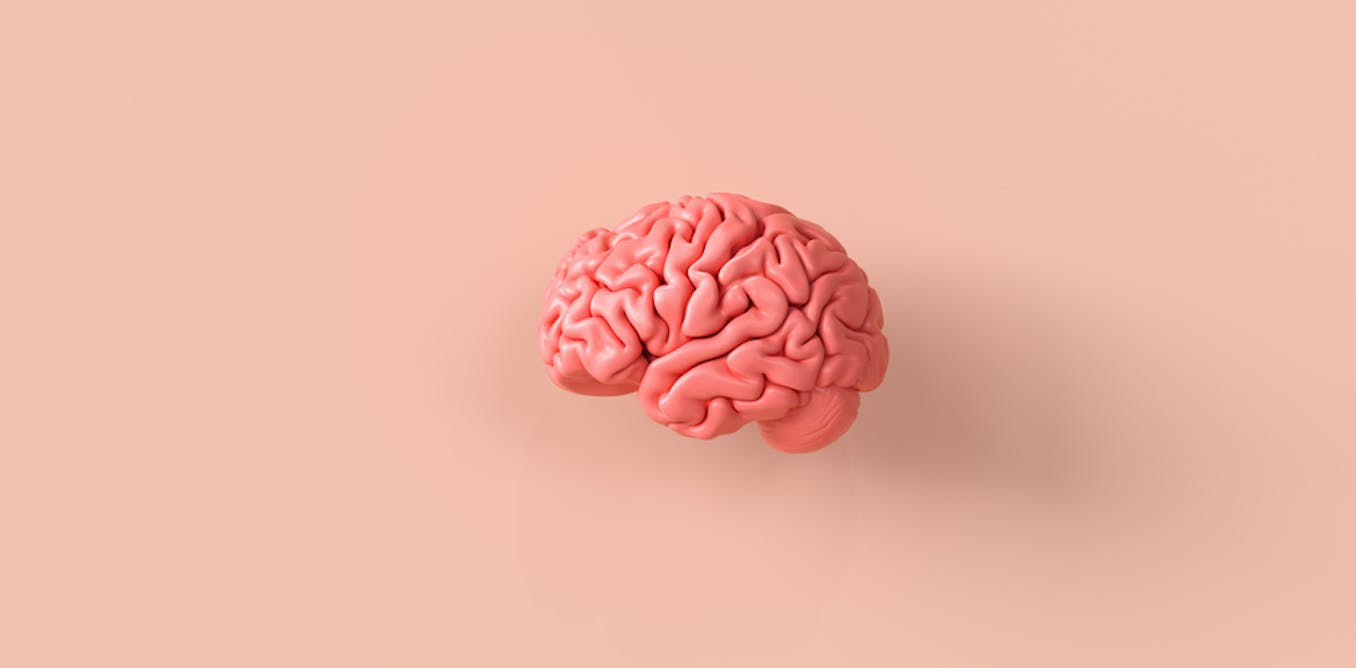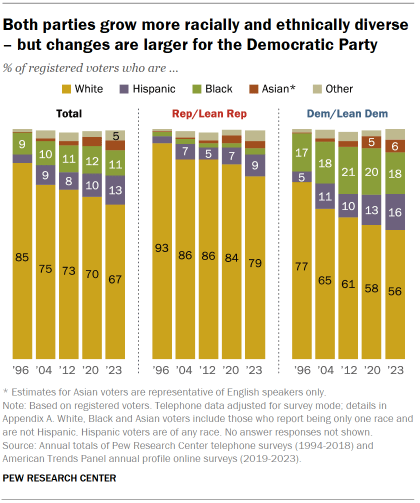Drugs to treat attention deficit hyperactivity disorder (ADHD) can be very effective, but they can come with a range of undesirable side-effects, such as increased anxiety, trouble sleeping and loss of appetite. It is not surprising that people have sought other treatments.
Brain training – “exercising” your brain with attention and focus – is one such treatment. These computer- or app-based exercises are widely believed to help reduce symptoms of ADHD (such as restlessness and impulsivity) by boosting working memory – the ability to briefly hold and manipulate information in the mind. But does the evidence stand up?
To find out, my colleagues and I conducted a review of all the evidence to date – around two decades’ worth. We selected 36 trials and analysed the combined data (known as a meta-analysis) of more than 2,200 people, of all ages, with ADHD. The results were recently published in the journal Molecular Psychiatry.
Largest review to date
Our review is the largest on the topic to date. It contains only randomised controlled trials as these are the most reliable form of evidence – the gold standard for figuring out if a new treatment is effective or not. In a randomised controlled trial, participants are randomly allocated to a group in which they received real brain training (the treatment group) or some other intervention (the control group).
The studies we looked at were also “blinded” to further remove bias. In other words, the participants didn’t know which group they had been allocated to: the treatment group or the control group.
The brain training was mostly delivered at home, school or in a clinic, and targeted mainly working memory. ADHD is associated with poor working memory, which may play a role in the severity of symptoms.
Our analysis showed robust gains in working memory, but not in inhibitory control (the ability to stop an automatic response), processing speed (how fast you take in and make sense of information), attention, and other cognitive functions. We also did not see any changes in academic abilities such as reading or mental arithmetic, which children with ADHD find particularly difficult.
Andrew Fox/Alamy Stock Photo
The improvement in working memory might be a reason to celebrate, but these were task-based measures, which means the results may not translate to the world outside the laboratory.
What matters more to most children and adults is whether brain training influenced ratings of symptoms. There was an improvement in attention, but this was very small – in my opinion, too small to be meaningful in the real world. And too small to justify going through a programme involving weeks of playing “therapeutic” games after school.
We also found that very few trials checked if the above benefits lasted long after training had finished. Of the evidence available, any benefit was short-lived and dwindled over time (between three and six months).
Putting this all together, despite two decades of broadly positive research and the promise of a training benefit in ADHD, we found little to no evidence that brain training is effective at reducing symptoms of ADHD.
To be clear, we do not show evidence that brain training does not work. We also do not argue that training is not useful to those with working memory deficits, or shouldn’t be part of a multi-therapy approach to treatment.
What is clear, however, is that as a standalone treatment, there is limited evidence that training can reduce symptoms of ADHD. Any claim that brain training has a reliable and significant effect on symptoms is, at best, premature.
A more pessimistic picture
As a final note, some of the trials included in our analyses were relatively small and of questionable quality, indicating there may still be an absence of good evidence. We encourage further research that is of higher quality and aimed at alternative forms of training that may be more likely to work. But although we cannot rule out a golden age of research showing reliable positive evidence of brain training from well-executed studies, I’m personally not holding my breath.
Our review confirms much of what we found in our previous review, published in 2015. If anything, our update offers a more pessimistic picture.
Since 2015, there have been a considerable number of high-quality trials published, which were included in our recent review. Despite these additions, any improvements we saw in 2015 either diminished substantially or disappeared altogether.
Put another way, as the quality of trials improves over time, the accumulated evidence shows a waxing and waning of training effects. The trend is not in favour of brain training as it is currently practised.




